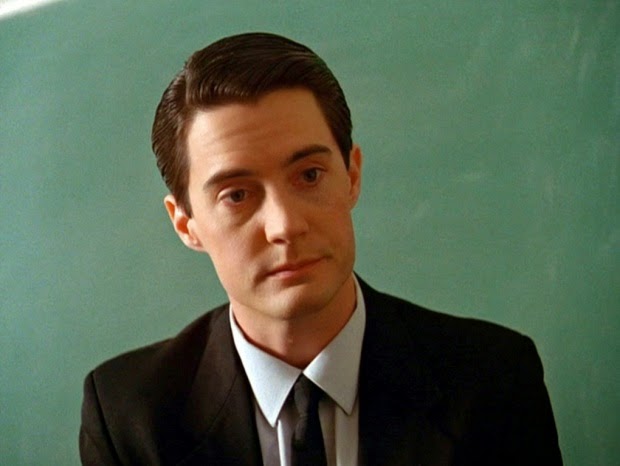It was directed by John Huston, and stars Jack Nicholson, Kathleen Turner and Angelica Huston. T
The film has been described by the Radiotimes:
"Director John Huston's penultimate movie sees a return to the type of film noir with which he made his name in the 1940s, sent up here as a black comedy. It's something of a family affair, with his daughter Anjelica in an Oscar-winning supporting role and her then-partner Jack Nicholson in the Oscar-nominated lead. He plays Charley Partanna, a Mafia hitman who falls for and marries Kathleen Turner's foxy freelance hitwoman. Their loyalties are tested (he works for the powerful East Coast Prizzi family, led by William Hickey's wizened Don; she, a West Coast operator, does not) and then shattered when each is tasked with bumping off the other. Complex farce ensues under the steady hand of Huston, and it's all irresistibly dark."
In this case study I will be looking at one of the female leads; Maerose Prizzi (Angelica Huston) and her qualities, some of them rather unconventional, of a contemporary femme fetale.
Maerose has been alienated from her mobster family due to an altercation involving Charley, to whom she was engaged. She is presented to the audience as a strong woman who is trying to maintain her composure throughout early scenes filled with awkward situations - like family parties. Although at times she is presented as vulnerable, this is inevitable given her circumstances, and as an audience we soon learn that she is a devious schemer and seductress. There are two particular scenes which clearly demonstrate this, the first being when Charley comes round and they sleep together. This scene also shows her potential as a contemporary femme fatale, as she effectively lures him in through her femininity.
The second (which I will be focusing on) is the scene in which she visits her grandfather and tells her of Charley's wrongdoing-a way for her to get revenge.
The mise en scene of the room immediately tells the audience that the grandfather lives a comfortable, even luxurious existence. This can be identified through his smart suit and plush velvet, richly coloured chair. We can also identify his importance through these elements of the mise en scene. Another indication of his importance is the ornaments seen in the background of the screenshot above, which are an assortment of family photos and heirlooms. On top of this, we can tell the grandfather is important because of the way Maerose has chosen to dress. Her demure tailored skirt suit and matching hat (all in dark colours) look respectable.
Alternatively, her gold jewellery and immaculately painted red nails suggest she is trying to show her glamour/wealth - just like other femme fetales before her (eg Marilyn Monroe in 'Asphalt Jungle).
Personally I think the director's intention with her costume was both to show how she respects her grandfather, and also to show her glamour.
It is rather unconventional for a femme fetale to have a family - they are usually completely alone. Some may argue that Maerose is independent, as she lives a very unique life, but I do not think this is the case. She depends on her family rather a lot to get what she wants, even though her relationship with them is somewhat strained. She manipulates her father in a previous scene, telling him she is pregnant with Charlie's child, and manipulates another elder member of her family (her grandfather) in this scene again.
Her kind gestures, like her kissing her grandfather's hand (see screenshot above) and words are not just a matter of her being courteous, but also about her sweetening her grandfather up, reiterating the point I previously made about her depending on others.
In addition to this, Maerose's cunning way of thinking can be seen in these instances mentioned above about her manipulating male figures, as in their mob family they hold the two largest positions of power, and therefore if she can sway them, she can get what she wants quicker.
Maerose successfully exploits her grandfather's influence and thus is partially responsible for the other femme fetale's downfall. Conveniently, her death enables her to talk to Charlie, her ex partner, again-a motive she has had throughout the film.
The picture above shows the other femme fetale's gruesome death, which Maerose arguably inflicted.
The end slate is important in the identification of Maerose's character as a femme fetale prototype. I presume (from looking at other scenes in films with the same kind of aesthetic) that they have used a stocking over the film lens in order to create a soft, feminine look to it, mirroring Maerose's attributes seen at this particular moment-she is quietly talking to Charlie on the phone, and everything seems calm and serene. Minute details, like the pearl earrings and necklace show a softer, more likeable side to her character, as does her light floral dress. All of this compliments or adds to the camera effect, making it seem almost dream like.
This is also complimentary to the outcome. Unlike most femme fetales, Maerose has not been ill fated an has got exactly what she wanted-in a subtle and sophisticated manner.

































